“You don’t get a manual with an iPhone”. It’s a standard response to bolster the argument that training shouldn’t be required for technology. Afterall, don’t we pick up our new phone and off we go? And isn’t it the case that children work out how to use touch screen technology way faster than their puzzled parents? I reflect back to the days from childhood of watching the painful spectre of a baffled teacher wrestling with a VCR. If a child can work it out without training, surely it’s just overkill?
There are two main points that this assertion does not take into account. Firstly, how many billions of dollars have Apple ploughed into that interface to achieve the holy grail of intuitive usability? I’ll put you out of your misery, it’s over $100 billion. Now I do not know what your average legal tech vendor spends on this aspect of their system, but I’m betting my bottom billion dollar that it’s not in the same ballpark… And whilst we’re on the subject of billions of dollars spent, how have Microsoft managed to miss the mark with so much of what they produce?
My second point is related. Let’s go back to the iPhone. Have you ever spoken to one of their ‘geniuses’? It’s a loose term or maybe ironic I’ve never quite worked out which – BUT they do know an awful lot about the device. Who hasn’t been shown something on their phone that they didn’t know how to do? If you haven’t, it’s likely that you are not using the device to anywhere near its full potential. And that’s the iPhone, at the highest end of the scale of intuitive use.
Let’s consider the Microsoft product suite. I found out yesterday that you can set up a Teams message to be sent later. I do this with emails, but I hadn’t clocked that you could do it with Teams. At iTrain we try wherever possible to work within our set hours, but where that’s not possible I prefer the team to not have to receive communication out of hours which (although not the intention) can set an expectation of a quick reply. This therefore is pretty useful knowledge, gained through a tip passed on to me. This in its most simple sense is training. How powerful to send out tips to people, through Teams, to gradually build knowledge and keep our people up to date with the latest changes. Our chatbot delivers this service for our clients: convenient, to the point and non-intrusive.
Microsoft seem to have a new app every time we log on, and it’s a lot. I recently lamented the fact that the techie in me just wants to sit down for a few days (maybe weeks) with all the new apps, features and functionality and have a good old play. But who has the time? Wouldn’t it be better if someone did the thinking for us, curated the content and delivered it in easy to digest ways, in person or online, through video or eLearning? The mechanism doesn’t matter, it’s the skill we’re buying into. It’s the ability to weave the technology into the processes that it facilitates, to provide the context, the use case, the WASIS and to enable us to consume it in a way that complements or doesn’t overly disrupt our busy lives. The answer my friends is training, learning, facilitating, advocating, whatever you want to call it – this world still needs people to support and facilitate learning. The humble training professional role will morph, but does indeed have a future in our changing world.
Dorigen Sykes
Managing Director, iTrain Legal




